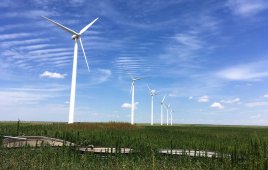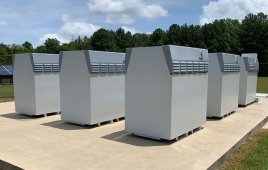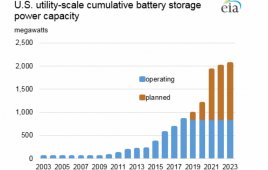This article comes from Mintz Levin Cohn Ferris Glovsky and Popeo PC and is authored by Sahir Surmeli
In 2009, the U.S. Department of Energy (DOE) created its Advanced Research Projects-Energy (ARPA-E) division to fund energy storage projects conducted by scientists at Harvard, MIT, Stanford, and the Lawrence Livermore and Oak Ridge national labs. The DOE now believes that some of the 75 battery system projects it is currently funding have the ability to transform the renewable energy storage industry in as little as 5 to 10 years.
The energy-storage systems being developed with the support of ARPA-E programs include a variety of approaches to tackling long-term renewable energy storage, including hybrid fuel-cells, zinc-air batteries, next generation flywheels, and a system that stores heat energy in molten glass. If one or more of these projects lead to a viable energy storage device, utility-scale renewable energy could quickly become much less expensive than current electrical grid systems.
Of the projects supported by ARPA-E, three are reported to have grid-scale and back-up batteries on the market. Numerous others are in development, with the potential for efficient, cost-effective energy storage that could make it possible (technically and financially) to store energy from intermittent renewable energy sources.
Filed Under: Energy storage





